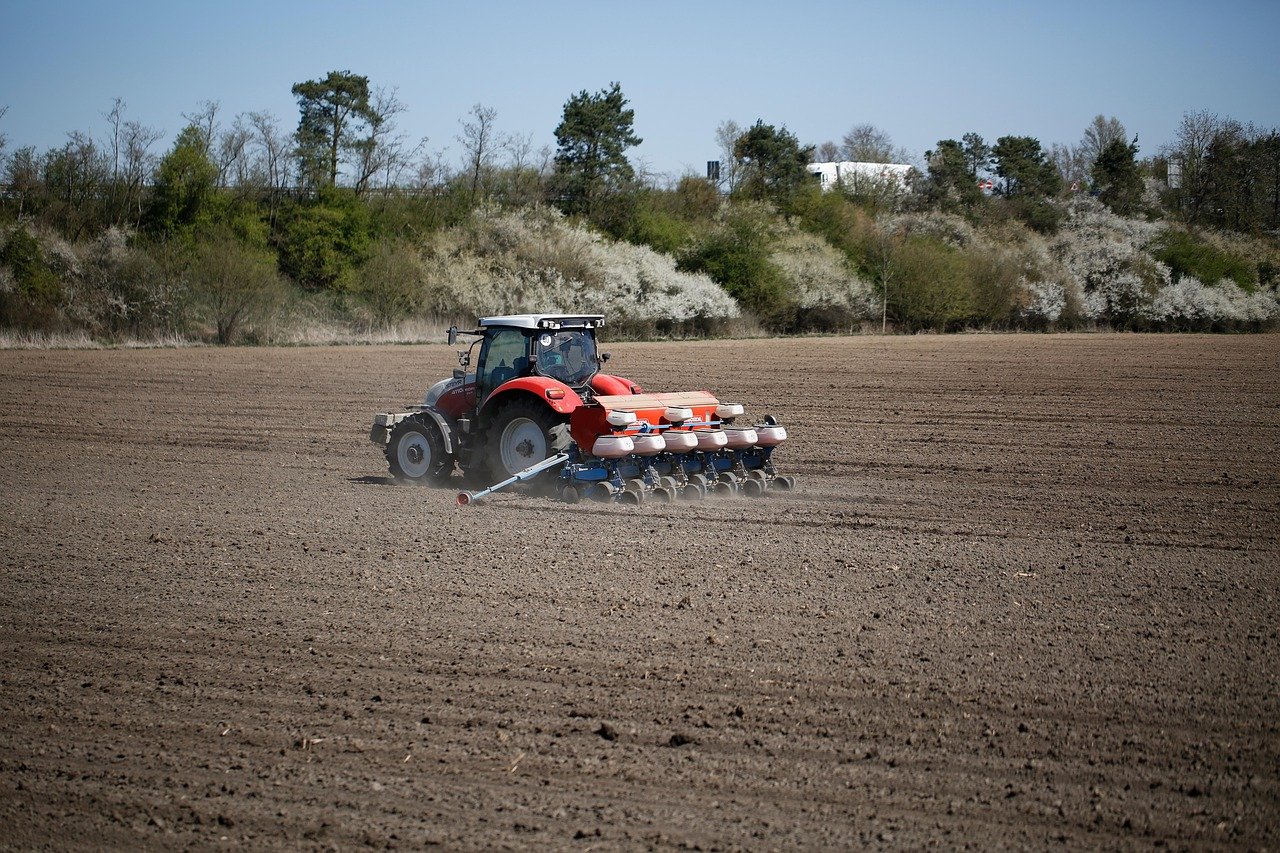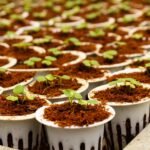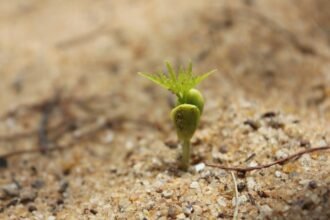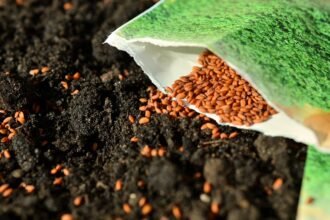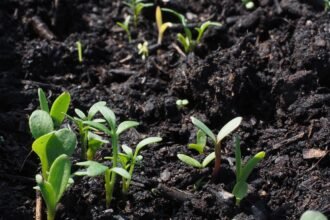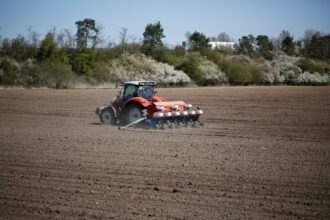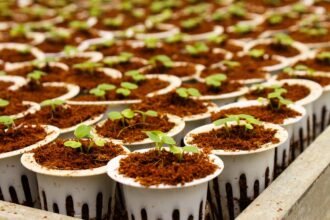Sowing seeds is the first step in growing a beautiful and fruitful garden. Whether you’re planting vegetables, flowers, or herbs, the process of sowing is crucial to the success of your plants. However, many gardeners, both beginners and seasoned enthusiasts, often face challenges when it comes to getting their seeds to sprout and thrive. Fortunately, with a bit of knowledge and a few helpful tips, anyone can master the art of sowing and plant seeds successfully.
1. Choose the Right Seeds for Your Climate
Not all plants are suited to every climate. Before purchasing seeds, consider the climate in your area, including temperature, humidity, and the length of the growing season. Plants such as tomatoes and peppers thrive in warm weather, while leafy greens and root vegetables do well in cooler climates. Choose seeds that are appropriate for your local growing conditions to increase your chances of success.
2. Understand the Seed Packet Information
Seed packets contain vital information about how to sow your seeds. Pay attention to details such as:
- Planting depth: Some seeds need to be buried deep in the soil, while others should be lightly covered. Planting seeds at the correct depth ensures proper germination.
- Spacing: Crowding plants can lead to competition for nutrients, water, and sunlight. Follow the recommended spacing for each variety.
- Germination temperature: Many seeds have specific temperature requirements for germination. Make sure to plant them in the right conditions for optimal growth.
3. Prepare the Soil Properly
Healthy soil is key to a successful garden. Before planting, make sure the soil is loose, well-draining, and nutrient-rich. If you’re sowing in containers, use a high-quality seed-starting mix. For garden beds, amend the soil with organic compost to improve its structure. This will allow the roots to grow easily and the seedlings to establish a strong foundation.
4. Watering: Not Too Much, Not Too Little
Watering is one of the most important aspects of sowing seeds. Overwatering can cause seeds to rot, while underwatering can result in poor germination. Keep the soil moist but not soaking wet, especially during the germination period. A gentle misting with a spray bottle is often the best way to avoid disturbing the seeds while ensuring they receive the moisture they need.
5. Provide the Right Light
Light plays a critical role in seed germination and early growth. Most seeds need plenty of light to sprout and grow strong. If you’re sowing indoors, place the containers in a sunny spot, or consider using grow lights to provide the necessary light for seedling development. If you’re sowing outdoors, plant the seeds in areas where they will receive ample sunlight for most of the day.
6. Temperature Control
Temperature is another important factor in seed germination. Many seeds require warm soil to sprout, typically between 65°F (18°C) and 75°F (24°C). You can use a seed tray with a heating mat or place your seeds in a warm room or greenhouse to maintain a steady temperature. Avoid exposing the seeds to extreme heat or cold, as it can hinder germination.
7. Thin Seedlings for Healthy Growth
Once your seeds have sprouted and the seedlings begin to emerge, it’s essential to thin them out to avoid overcrowding. Thin the seedlings by gently pulling out the weakest plants, leaving enough space for the stronger ones to grow. Proper spacing allows the plants to access the nutrients they need and ensures they don’t compete for resources.
8. Be Patient and Observant
Patience is essential when sowing seeds. Some seeds take longer to germinate than others, and external factors like temperature and humidity can influence the process. Keep a close eye on your seeds as they grow, and don’t rush them. If you notice any issues, such as mold or wilting, address them promptly to avoid potential problems later on.
9. Harden Off Seedlings Before Transplanting
If you’re starting seeds indoors, they will need to be hardened off before you transplant them into the garden. This involves gradually acclimating the seedlings to outdoor conditions by exposing them to sunlight and cooler temperatures for a few hours each day. This step helps the seedlings adjust and strengthens them for life in the garden.
10. Use Companion Planting for Optimal Growth
In addition to individual care for each seed, consider the concept of companion planting. Some plants work well together and can support each other’s growth. For example, planting basil next to tomatoes can improve the flavor of the tomatoes while deterring pests. Research companion plants that suit the types of seeds you’re sowing to create a harmonious garden environment.
Conclusion
Mastering the art of sowing is not only about following the right steps but also about understanding the needs of the seeds you’re working with. By choosing the right seeds, preparing the soil, providing appropriate light and moisture, and being patient throughout the process, you can successfully grow a variety of plants. Remember, gardening is a learning experience, and every seed sown is an opportunity to improve your skills and enjoy the beauty of nature. Happy planting!

